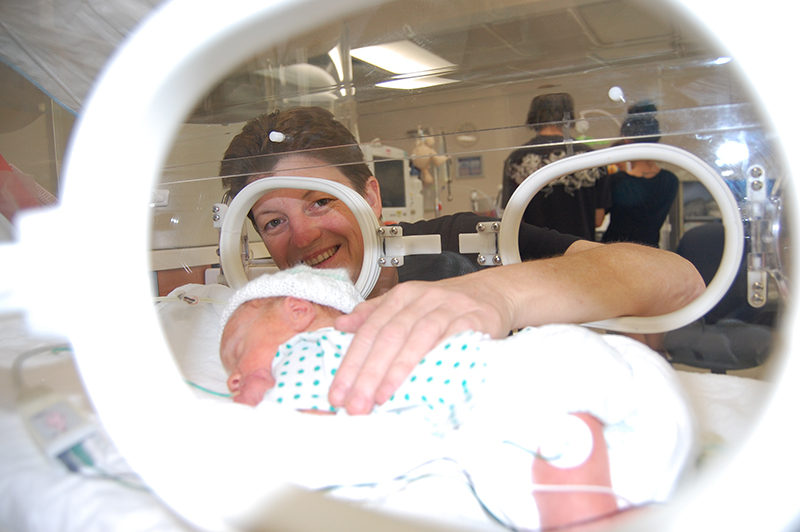Search
Research
No role for neutrophil elastase in influenza-induced cellular recruitment, cytokine production or airway hyperresponsiveness in micePrevious studies have suggested that in vitro modulation of neutrophil chemokines and inflammatory cytokines by neutrophil elastase (NE) does not translate to t
Research
Trajectories of childhood body mass index are associated with adolescent sagittal standing postureThe objective of this study is to identify distinct age-related trajectory classes of body mass index (BMI) z-scores from childhood to adolescence
Research
Neonatal immune function and inflammatory illnesses in later life: lessons to be learnt from the developing world?With the emergence of allergic and autoimmune diseases in populations that have started to transit to a western lifestyle, there has been an increasing...
Research
Stability of interleukin 8 and neutrophil elastase in bronchoalveolar lavage fluid following long-term storageInterleukin-8 (IL-8) and neutrophil elastase (NE) are commonly measured markers of inflammation in bronchoalveolar lavage (BAL) fluid from patients with cystic
Research
Structural and IgE binding analyses of recombinant Der p 2 expressed from the hosts Escherichia coli and Pichia pastorisThe house dust mite allergen Der p 2 is one of the most important indoor allergens associated with allergic disease.
Research
Unpacking the complex nature of the autism epidemicThis paper discusses changes in diagnostic criteria, decreasing age at diagnosis, improved case ascertainment, diagnostic substitution, and social influences.

The Adolescent Health and Wellbeing team works in partnership with young people to understand their priority needs and the best ways to address these. This includes informing evidence-based policies and co-designing accessible and responsive health services.

The Chronobiology team works to understand the factors that contribute to poor lung and heart function in newborn infants and find ways to prevent heart and lung disease.
Research
The impact of Influenza infection during early life on immune developmentThis study will investigate the why disease is worse in infants and how early life viral infection impacts the developing immune system.
Findings from the Ngulluk Koolunga Ngulluk Koort (Our Children, Our Heart) Project community forums and focus groups.
